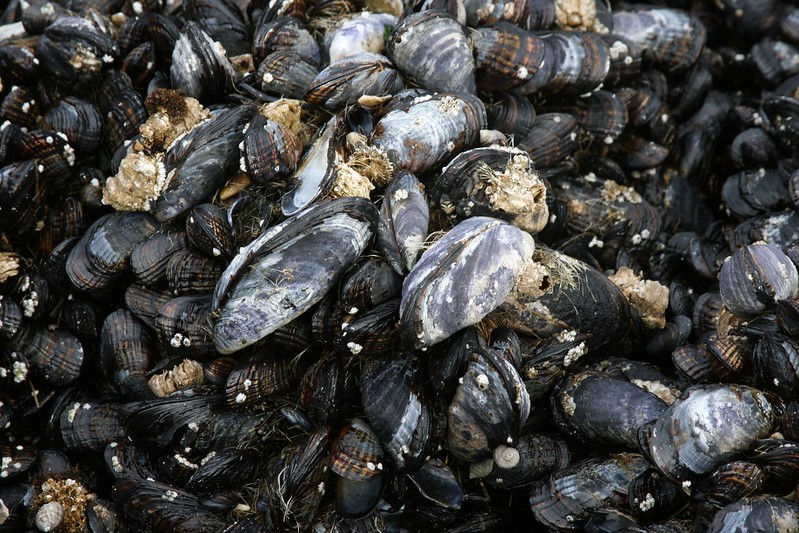
A popular beach for clam digging near Sitka is showing dangerous levels of the toxin that causes Paralytic Shellfish Poisoning.
Kari Lanphier manages the Southeast Alaska Tribal Ocean Research lab in Sitka. She says a sample of blue mussels from Starrigavan Bay tested on Tuesday, June 8, showed levels of the PSP toxin above the regulatory limit.
Lanphier says blue mussels are an “indicator species,” and elevated levels of toxins are likely to appear in other popular shellfish as well.
“They’re (blue mussels) are the first to pick up the toxin in the water,” said Lanphier. “So once the blue mussels go above the regulatory limit, is when we expect the other species — cockles, littlenecks, and butter clams — they will follow suit after the mussels.”
This is the first PSP advisory for Starrigavan Beach in Sitka since 2019. The warning then lasted only a brief time. Lanphier says this current advisory could last anywhere from one week to a few weeks, depending on environmental conditions. Normally, Starrigavan is tested every two weeks; during the advisory, Lanphier says testing of the beach will be increased to once per week.
Lanphier says there is sufficient Paralytic Shellfish Poisoning present to make humans ill. The toxin cannot be cooked, cleaned, or frozen out of shellfish.
Anyone with questions can call the Sitka Tribe of Alaska at 966-9650.






























